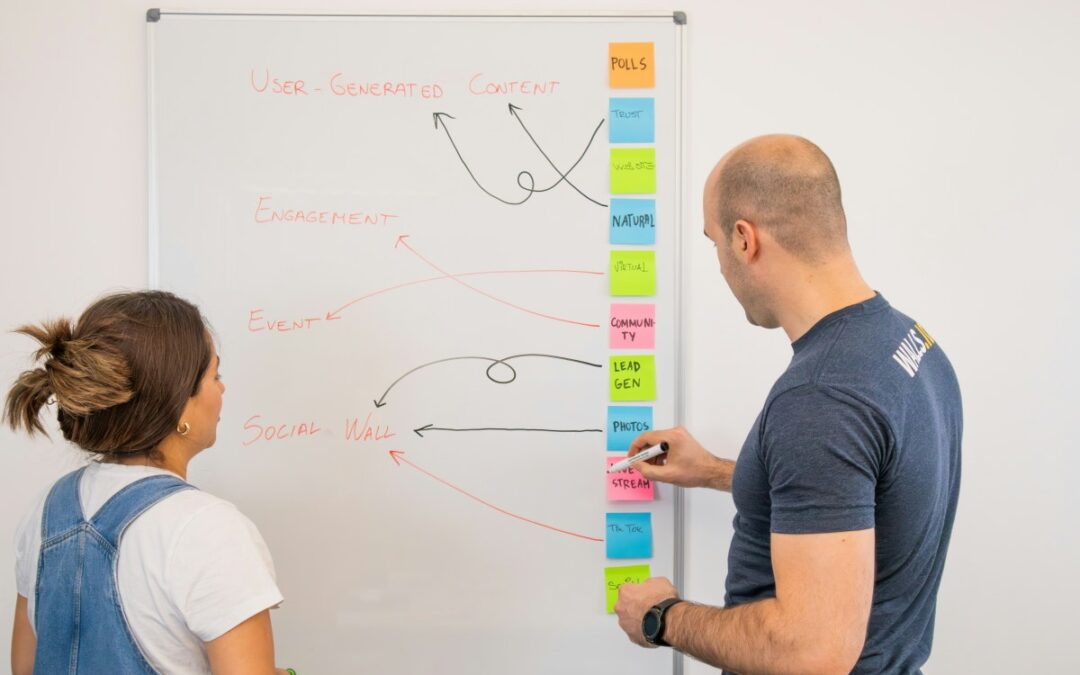
Need to Improve the Cash Flow Position for Your Business?
Keeping on top of the financial management of your business can be hard work.
It’s possible to have a profitable business that is struggling to find the cash flow to pay expenses and fund growth. Likewise, you could have positive cash flow but are not turning a profit, particularly if you are scaling.
Turning a profit is at the heart of running any successful company
But without an even and predictable flow of cash into the company, you can’t cover your overheads, you can’t pay your employees, and you can’t run your day-to-day operations – let alone think about expanding and growing the business.
In the end, you need both. But if you’re going to be in control of your financial destiny, it’s important to get your head around the important process of cash flow management.
Let’s look at 6 key things to understand about your finances:
-
- Profit is a by-product of a successful business – as the owner, you want to make profits, but profitability isn’t the only goal. A business can easily be profitable but also be highly unstable in the longer term. What you want is stability and consistent revenues.
- Cashflow keeps your business alive – good revenues (income) serve to bring cash into the business. Without cash to cover your operating expenses, you have no means to keep the lights on in the business. So cash really is king!
- Know your cost base and overheads – the flipside of your cash flow position is your costs. In an ideal world, you want more cash inflows than cash outflows, so it’s important to know your expenses and costs and to manage them carefully.
- Be proactive about spend management and easing expenditure – if you can take action that reduces your spending, that is hugely positive for your cash flow position. Choose cheaper suppliers, negotiate better deals and bring that cost base down.
- Drive more revenue, through increased sales and marketing activity – if you can increase your revenues, you also boost your cash flow. So, it’s important to be proactive about running targeted sales and marketing campaigns to increase your sales.
- Keep the cash flowing and the profits take care of themselves – if you achieve the ideal cash flow position, the company sits on solid financial foundations, the cash is there for investment and the business can grow. It’s that simple.
Talk to us about improving your cashflow management
Whether you’re new to running a business, or a seasoned owner who needs some financial support, we can give you the cash flow advice you need.
We’ll review your finances, delve down into your cash flow, and will come up with keyways for you to increase your cash income and reduce your cash expenses. It only takes a few small changes to achieve a far better cash flow position for your business – helping you maintain positive cash flow AND generate profits.
The following content was originally published by BOMA. We have updated some of this article for our readers.




